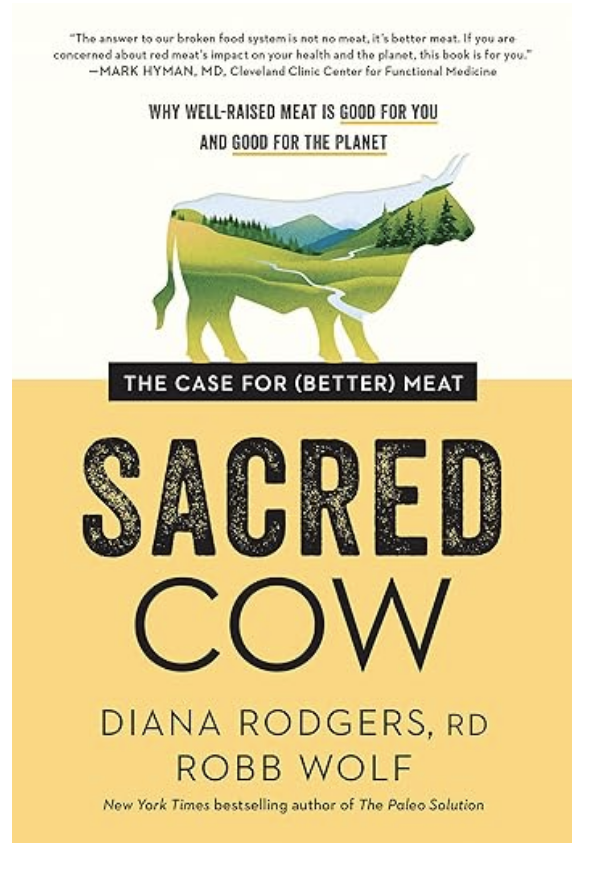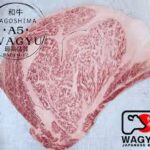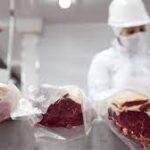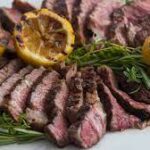WORLD QUALITY BEEF
countries that are known for producing high-quality beef:
Argentina: Argentina is known for its high-quality, grass-fed beef. The country has a long history of cattle ranching, and its beef is considered some of the best in the world. Argentine beef is often exported to other countries, where it is used in a variety of dishes.
United States: The United States is one of the world's largest producers of beef, with a variety of cuts and grades available.
American beef is known for its marbling and tenderness, which comes from a diet that often includes grain as well as grass.
Some of the most popular cuts of beef from the United States include ribeye, tenderloin, and strip steak.
Japan: Japanese beef is highly prized for its marbling and tenderness.
The most famous variety is wagyu beef, which comes from several different breeds of cattle.
The best-known of these is Kobe beef, which comes from the Hyogo prefecture in Japan.
Wagyu beef is often considered a luxury item, and is often used in high-end restaurants around the world.
Australia: Australia is a major exporter of beef, and its beef is known for its high quality and safety standards.
Australian beef is primarily grass-fed, which gives it a distinctive flavor.
Some of the most popular cuts of beef from Australia include sirloin, rump, and tenderloin.
Uruguay: Uruguay is a small country in South America that is known for its grass-fed beef.
The country has a strong tradition of cattle ranching, and its beef is considered to be some of the best in the region.
Uruguayan beef is often exported to other countries, where it is used in a variety of dishes.
These are just a few examples of countries that produce high-quality beef.
There are many other countries that are known for their beef as well, each with their own unique qualities and characteristics.
HIGH QUALITY ITALIAN BEEF BY REGION
Chianina: The Chianina is an ancient breed of cattle that is native to Tuscany. It is one of the largest and oldest breeds in the world,
and is known for its high-quality beef. Chianina beef is lean and flavorful, and is often used in dishes like bistecca alla fiorentina,
a Tuscan-style steak that is grilled and seasoned with olive oil, salt, and pepper.
Piedmontese: The Piedmontese is a breed of cattle that is native to the Piedmont region of Italy. It is known for its high-quality beef,
which is tender and flavorful. Piedmontese beef is often used in dishes like brasato al Barolo,
a slow-cooked beef stew that is made with Barolo wine, which is also produced in the Piedmont region.
Marchigiana: The Marchigiana is a breed of cattle that is native to the Marche region of Italy.
It is known for its lean and tender beef, which is often used in dishes like spezzatino alla marchigiana,
a beef stew that is flavored with red wine and rosemary.
Romagnola: The Romagnola is a breed of cattle that is native to the Emilia-Romagna region of Italy.
It is known for its high-quality beef, which is lean and flavorful.
Romagnola beef is often used in dishes like tagliata di manzo, a sliced beef dish that is served with arugula and Parmesan cheese.
Maremmana: The Maremmana is a breed of cattle that is native to the Maremma region of Tuscany.
It is known for its lean and flavorful beef, which is often used in dishes like peposo alla fornacina,
a slow-cooked beef stew that is made with red wine and black pepper.
These are just a few examples of Italian quality beef by race and region. There are many other breeds of cattle and regions in Italy that are known for their high-quality beef as well. Italian beef is often used in a variety of dishes, from simple grilled steaks to complex stews and sauces, and is highly regarded by food lovers all over the world.
GLOBAL SUSTAINABILITY AND ENVIROMENT PROTECTION
When it comes to global sustainability and environmental protection, the production of beef is a complex issue. The beef industry has a significant impact on the environment, including deforestation, greenhouse gas emissions, water use, and pollution. However, there are also efforts being made to improve the sustainability of beef production and reduce its environmental impact. In terms of global sustainability, it's worth noting that the production and transportation of beef can have a significant carbon footprint. This is because cattle require a lot of resources to grow, including feed, water, and land. Additionally, the transportation of beef to different parts of the world can contribute to greenhouse gas emissions. However, many countries that produce high-quality beef are also taking steps to improve the sustainability of their beef production systems. For example, some beef producers are transitioning to more sustainable farming practices, such as regenerative agriculture, which can help to reduce greenhouse gas emissions and improve soil health. When it comes to Italian quality beef, the situation is somewhat different. Italy is known for its traditional, small-scale beef production, which often takes place on family-owned farms. This type of farming can be more sustainable than industrial-scale beef production, as it typically involves lower levels of resource use and pollution. Additionally, many of the traditional breeds of cattle used in Italian beef production are well-adapted to the local environment, which can help to reduce the need for additional resources like feed and water. However, it's worth noting that even traditional beef production in Italy is not without its environmental challenges. For example, the use of grazing land can lead to overgrazing and soil erosion, and the transportation of beef to different parts of Italy and the world can contribute to greenhouse gas emissions. Nonetheless, there are also efforts being made to improve the sustainability of Italian beef production, including the promotion of local and regional supply chains and the use of more sustainable farming practices. Overall, while the production of beef can have a significant impact on the environment, there are also efforts being made to improve the sustainability of beef production and reduce its environmental impact. This includes both global efforts and efforts at the local and regional level, such as those seen in Italian quality beef production. By supporting sustainable beef production practices and reducing our overall consumption of beef, we can help to mitigate the environmental impact of this important global food source.
HIGH PRICED SUSTAINABLY OR CHEAPER CONVENTIONALLY PRODUCED BEEF?
Choosing between high-priced, sustainably produced quality beef and cheaper, conventionally produced beef, there are a few factors to consider. First and foremost, it's important to consider the environmental impact of beef production. Conventionally produced beef can have a significant environmental impact, including deforestation, greenhouse gas emissions, water use, and pollution. On the other hand, sustainably produced beef is often produced using more environmentally friendly practices, such as regenerative agriculture, which can help to reduce greenhouse gas emissions and improve soil health. If environmental impact is a concern for you, then it may be worth investing in higher-priced, sustainably produced quality beef. Another factor to consider is the quality and taste of the beef itself. High-priced quality beef is often more flavorful and tender than conventionally produced beef, which can make for a more enjoyable eating experience. Additionally, many sustainably produced beef products are free from hormones, antibiotics, and other additives, which can be a concern for some consumers. If taste and quality are important to you, then it may be worth investing in high-priced quality beef. That being said, cost is also an important factor to consider. High-priced quality beef can be significantly more expensive than conventionally produced beef, which can make it less accessible for some consumers. Additionally, there are often economic and social factors to consider, such as supporting local farmers and small-scale producers who may be producing more sustainable beef at a lower price point. If cost is a major concern for you, then it may be worth considering more affordable, sustainably produced beef options, such as grass-fed beef. Ultimately, the decision of whether to choose high-priced quality beef or cheaper, conventionally produced beef will depend on your personal values and priorities. If you prioritize environmental sustainability, taste and quality, and can afford to pay the higher prices, then investing in high-priced quality beef may be the way to go. If cost is a major concern, then it may be worth exploring more affordable, sustainably produced beef options or reducing your overall beef consumption.












